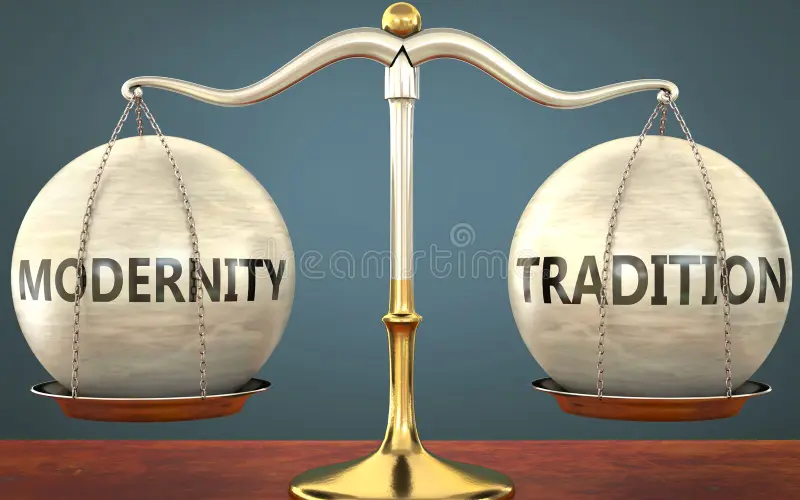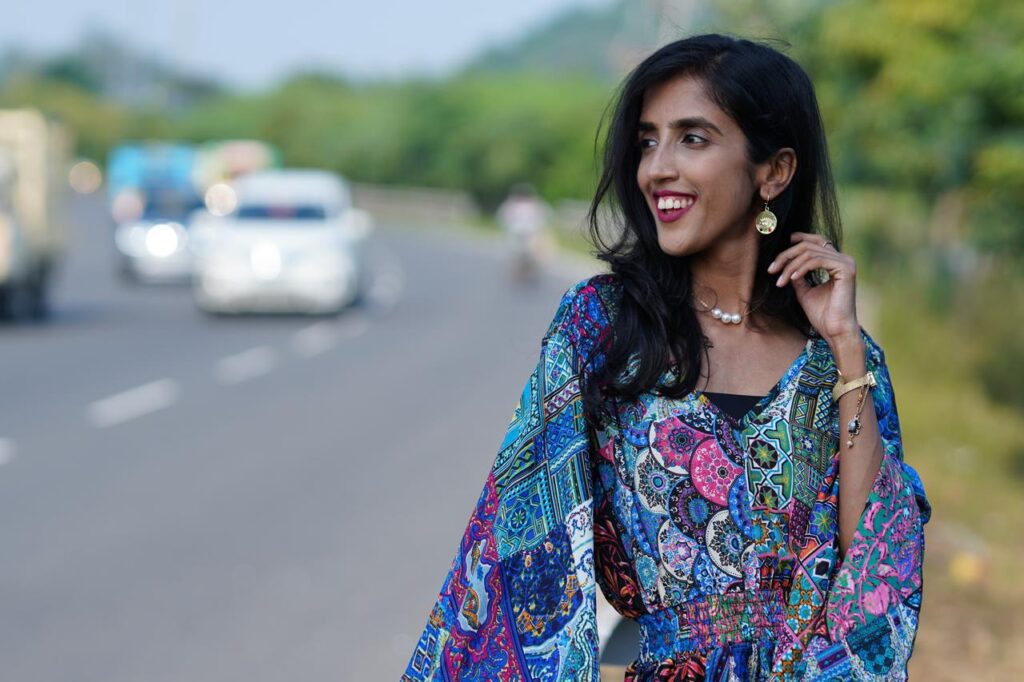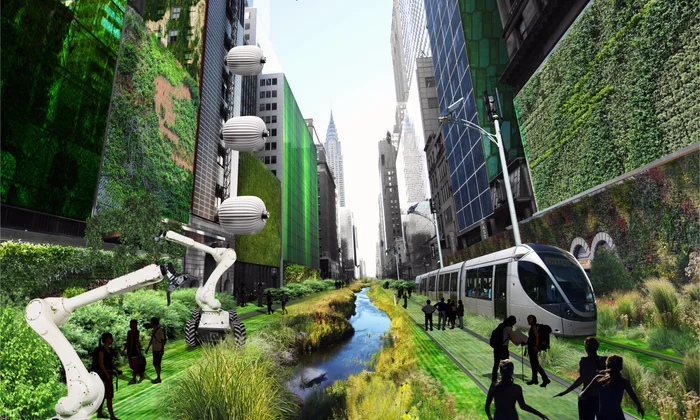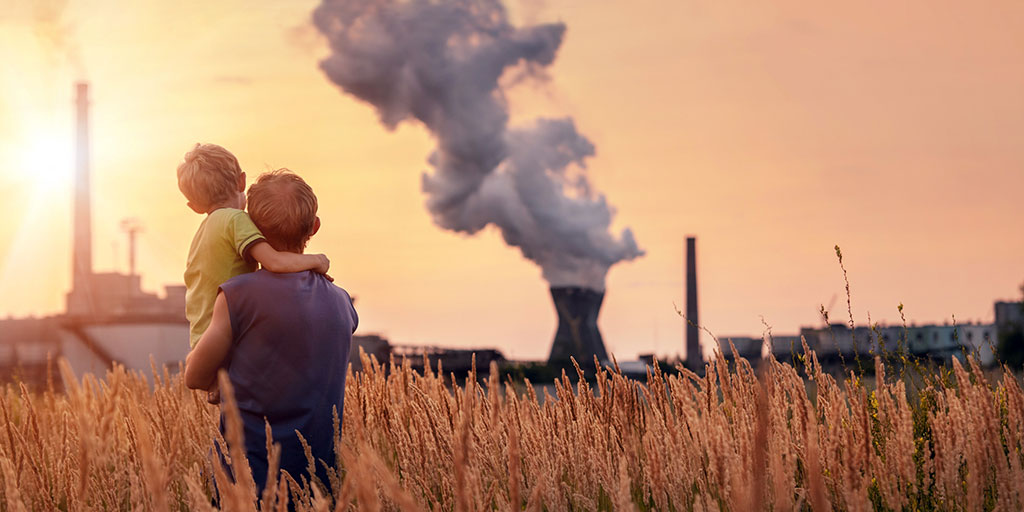Now Reading: Balancing Tradition and Modern City Life
-
01
Balancing Tradition and Modern City Life
Balancing Tradition and Modern City Life

Cities across India are changing rapidly, with malls, metros, and high-rises reshaping how people live. Yet, amid the rush of modern conveniences, traditions continue to hold a strong place in daily life. From festivals celebrated with community spirit to age-old food habits and family structures, urban spaces are becoming grounds where tradition and modernity meet, often blending in unique ways. The challenge is to maintain this balance without losing cultural roots.
For many Tier 2 cities, the contrast is even more visible. On one side, there are new IT parks, smart city projects, and global brands entering the market. On the other, residents still gather at local temples, markets, or tea stalls to share news and preserve their sense of belonging. This coexistence shows that tradition does not necessarily get replaced by modernity but adapts to fit into changing lifestyles.
Festivals are a clear example of this balance. Cities like Nagpur, Indore, or Lucknow witness massive crowds during Ganesh Chaturthi, Diwali, or Eid, even as shopping shifts to online platforms and decorations get a modern touch. While the way people celebrate evolves, the essence of togetherness and cultural pride remains intact.
Architecture and city planning also reflect this mix. Old bazaars and heritage sites stand next to glass office towers and shopping complexes. In many cases, civic authorities are working to preserve historical landmarks while still creating space for metro lines, highways, and modern infrastructure. Residents, too, are learning to navigate both—visiting heritage areas for cultural connection while embracing new transport systems for convenience.
At the personal level, urban families are balancing tradition and modernity in everyday choices. Younger generations may work in global companies and use digital platforms for most needs, yet many still follow traditional customs at home. Food, language, and family rituals remain strong reminders of cultural roots, even in a fast-changing world.
In conclusion, modern city life does not necessarily mean leaving traditions behind. Instead, it is about finding a middle path where progress and culture can complement each other. For India’s Tier 2 cities, this balance is not only possible but essential in shaping a future that respects heritage while embracing change.

























